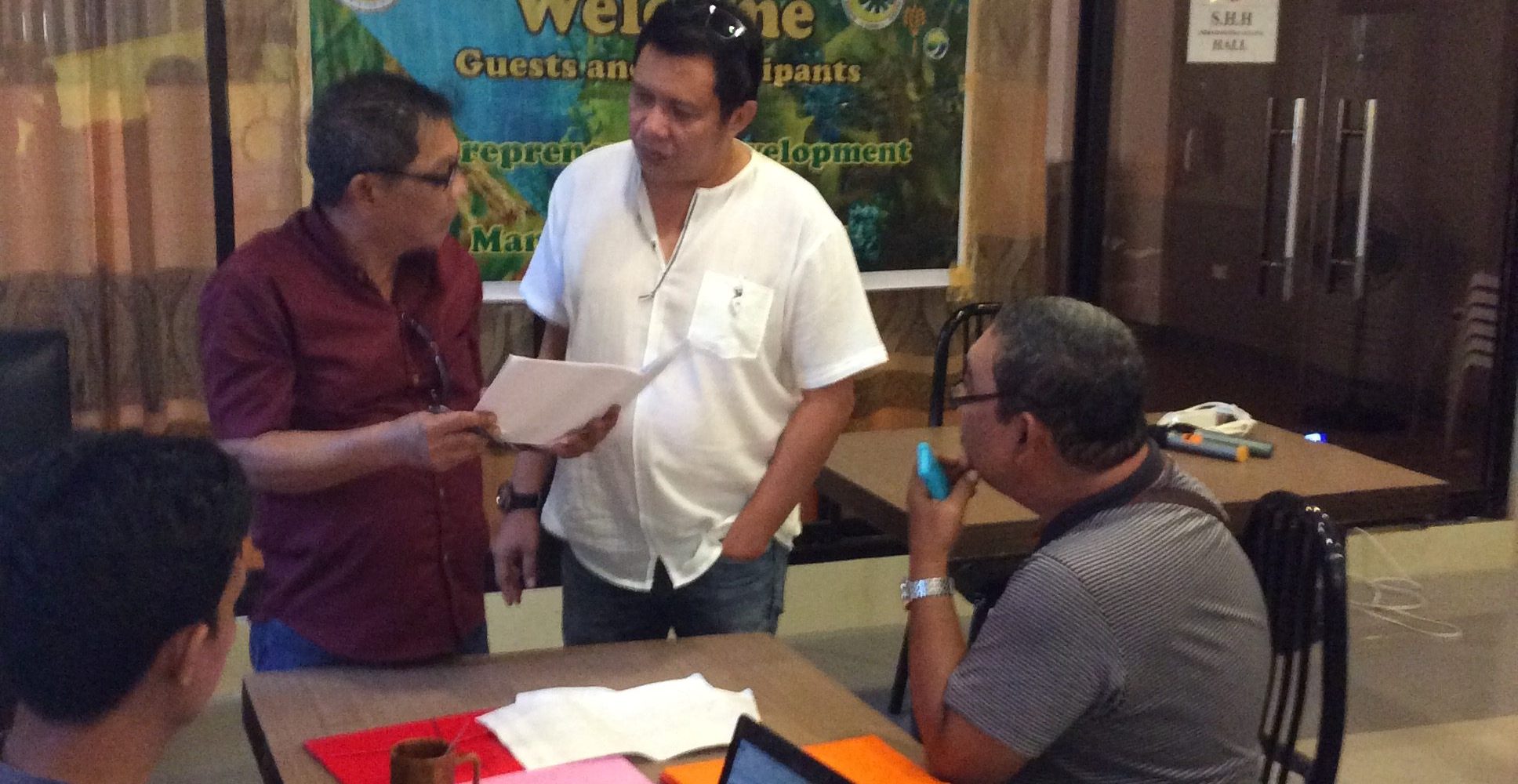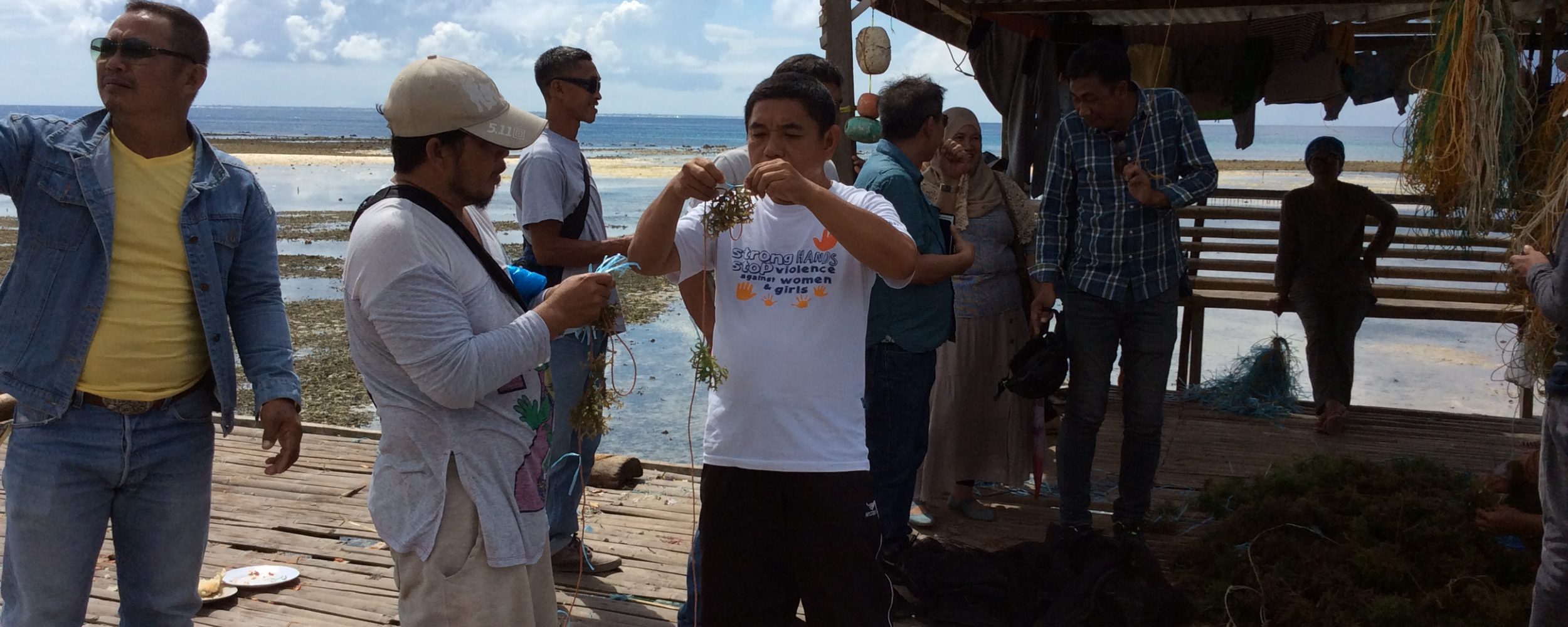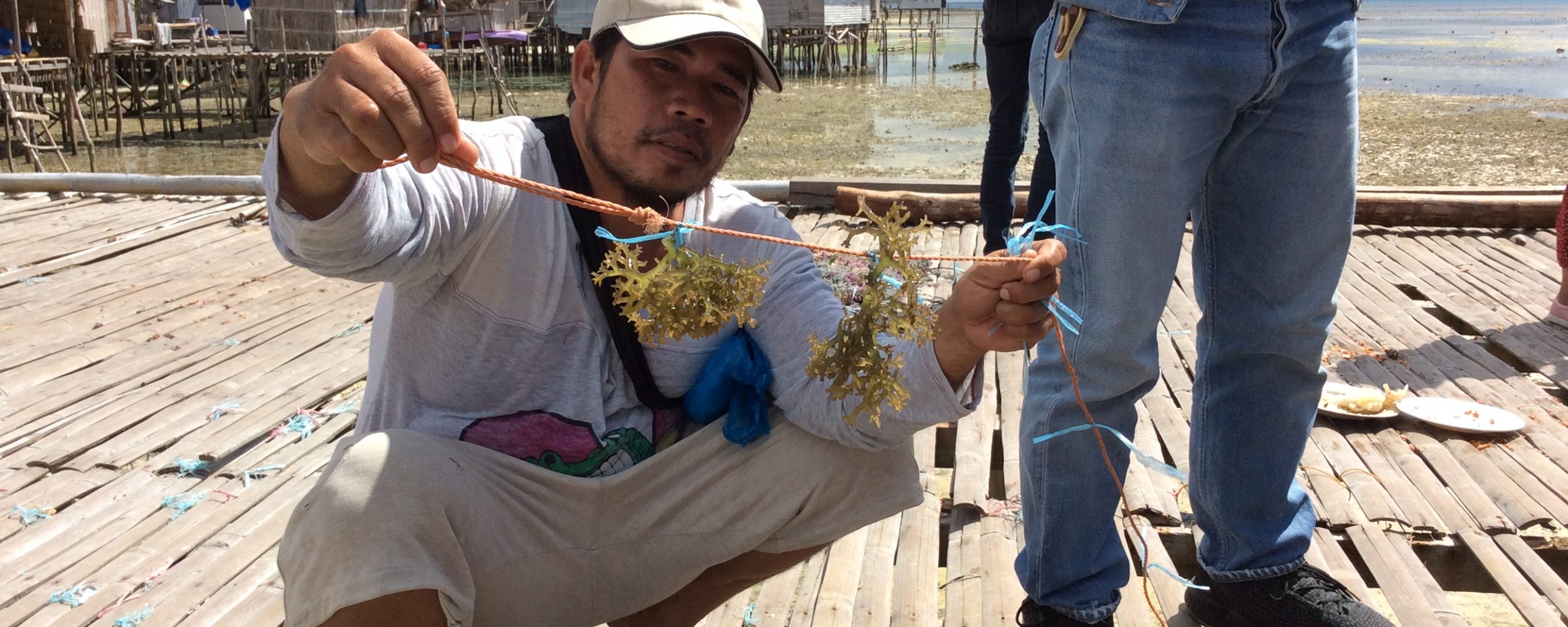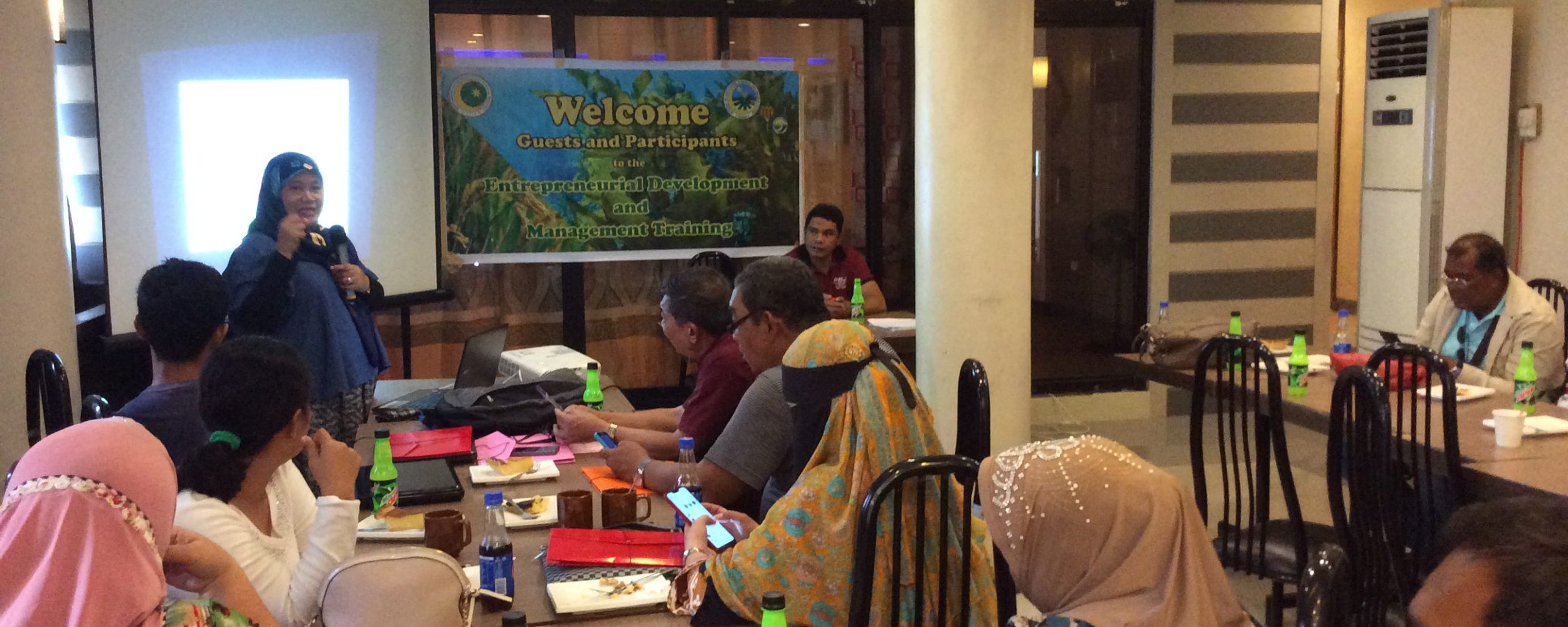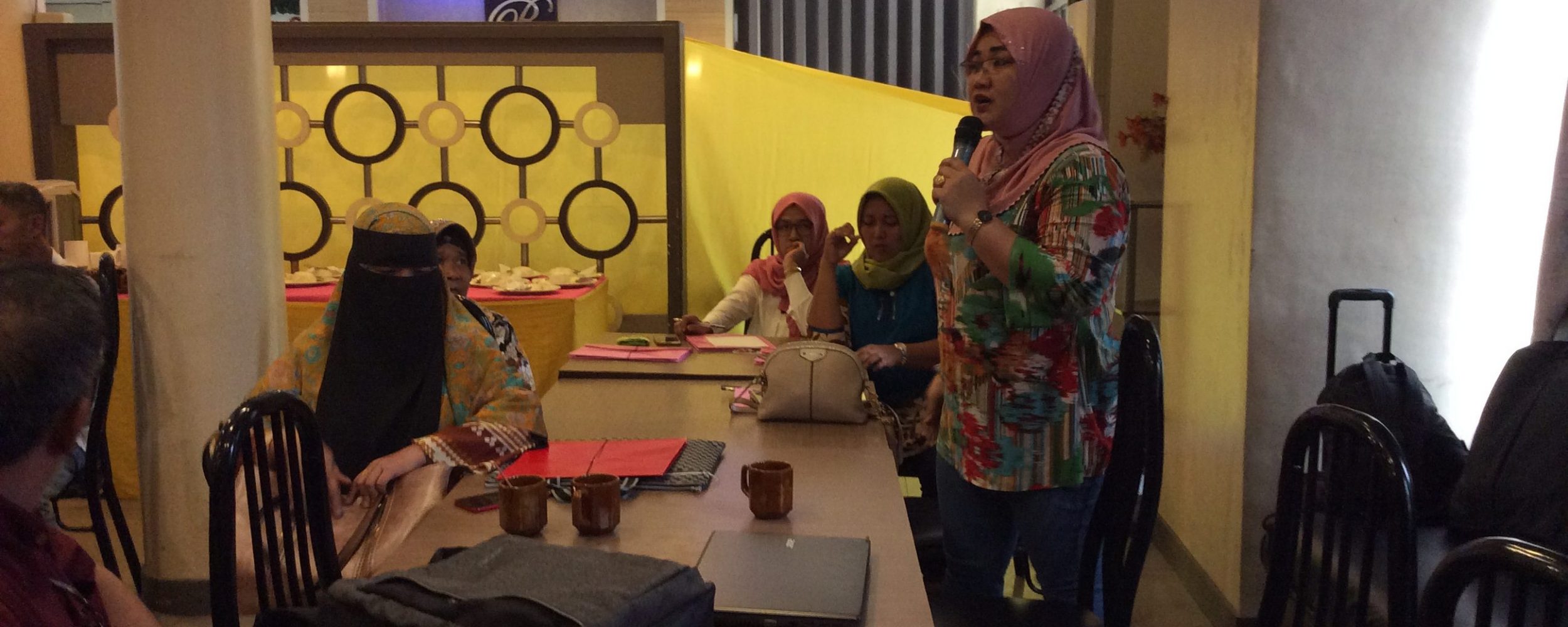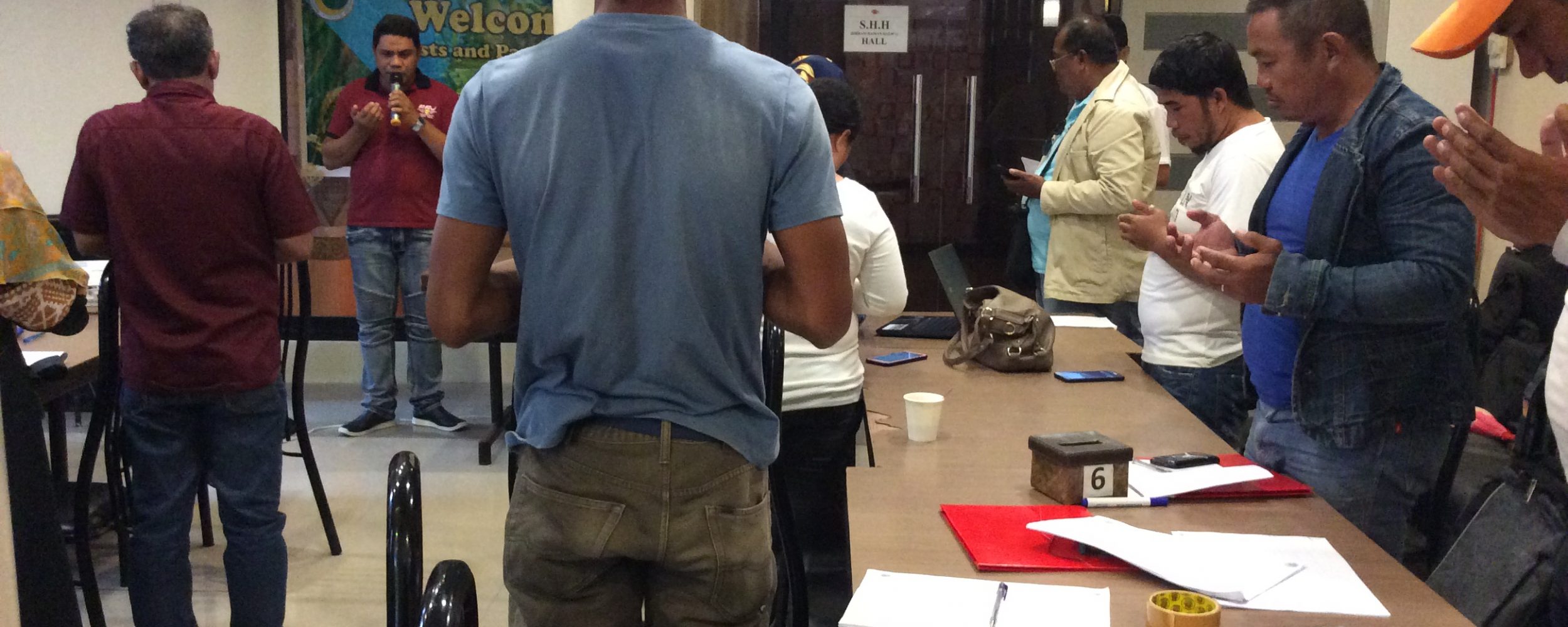The three-day training, filled with very informative topics and interactive discussions, gave the participants from the municipalities of Sibutu, Sitangakai, South Ubian, Tandubas, and Panglima Sugala clear insights on how seaweeds industry plays a role in the realm of business enterprise.
Seaweeds technologies were showcased in the training through an outdoor experience wherein the proper planting of seaweeds was demonstrated by Rashidi Abdurajid. Lectures during the training were presented by technical experts from the Provincial Office of then Bureau of Fisheries and Aquatic Resources now merged under the Ministry of Agriculture, Fisheries, and Agrarian Reform (MAFAR).
The topics presented were Good Aquaculture Practice by Ms. Irum Abdulwahid Muallil, Overview of Seaweeds Industry by Dharmeena Deong; Seaweed Production: Post-Harvest and Quality Assurance by Rashidi Abdurajid; and Seafood Safety Control Program by Evangeline M. Villarin.
During the training, major issues and concerns besetting the seaweeds industry in Tawi-Tawi were discussed. Accordingly, the BARMM region had always been reported as the highest seaweeds-producing region in the country for many years with major contributions from the province of Tawi-Tawi.
However, the figures have changed accordingly in 2016 and 2017 based on the seaweeds production report of the Philippines Statistics Authority (PSA). Palawan overtook Tawi-Tawi in its recorded seaweeds production of 311,524.61 metric tons (mt) and 324,654.40 (mt) in 2016 and 2017, respectively while Tawi-Tawi had 298,433.53 (mt) and 321,739.82 in the same years, respectively.
In 2018, Tawi-Tawi gained its momentum when it recorded a bit higher statistics in seaweeds production of 344,354.38 (mt) compared to Palawan’s 343,497.63 (mt) in the same year.
The seaweeds industry in Tawi-Tawi is also challenged by practices, the seaweed farmers are adopting, such as the putting of salt to harvested seaweeds, the use of fertilizers when planting seaweeds, and harvesting of seaweeds before they mature.

